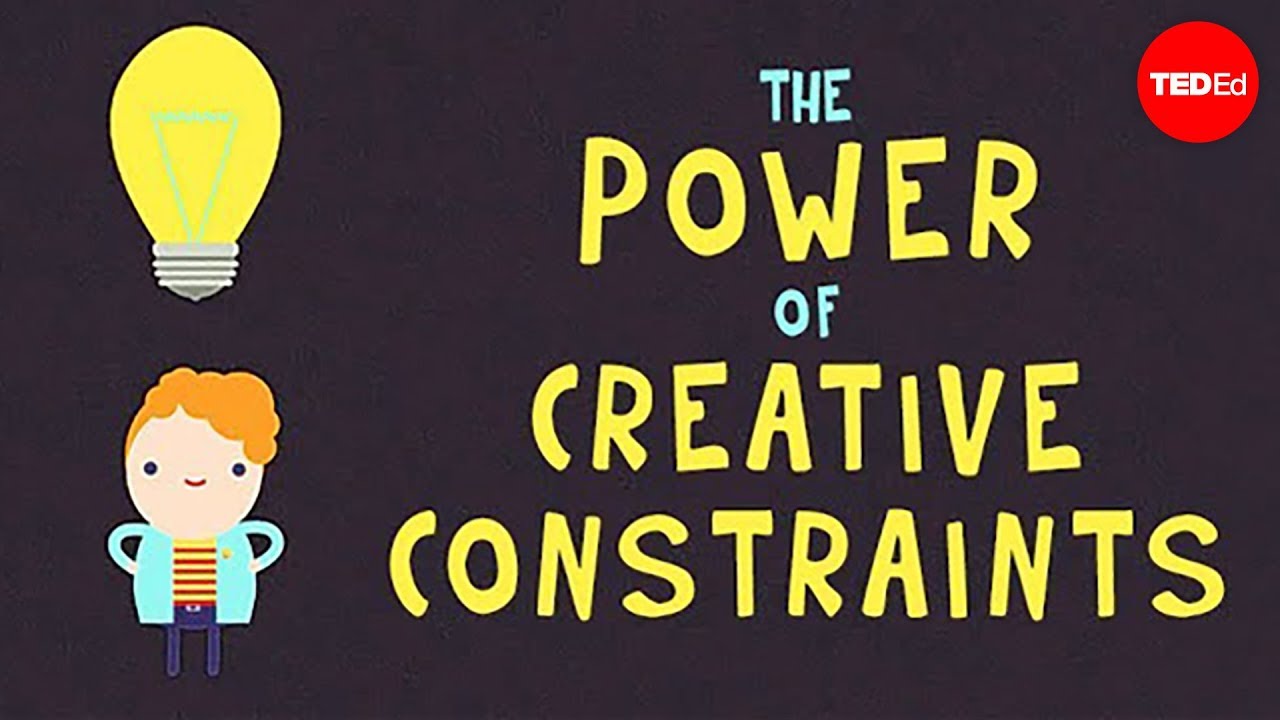Science and creativity might seem unrelated. One deals with cold, hard facts. The other is often expressed through art. But science and creativity are tightly linked. (This is one reason you often see Art added to Science, Technology, Engineering and Math, turning STEM to STEAM.) Scientists need creativity to come up with questions and solve problems. And science is helping explain what exactly creativity is — and how to tap into it.
See all the entries from our Let’s Learn About series
Some brain scans hint that doing a creative activity is a unique state of consciousness that draws on two different brain networks at once. One network is associated with attention and self-control. The other has been linked to daydreaming. Simply letting one’s mind wander can also invite in creative thoughts. That imaginative leisure seems to produce a distinct signature of brainwaves. Similarly, drifting off to sleep may open the mind to creative insights.
Pursuing creative activities, such as making art or music, seems to boost people’s moods. It may also boost people’s ability to learn science.
Want to know more? We’ve got some stories to get you started:
Nodding off may turn your creativity on Insights may come just as you shift from between being awake to being asleep. (1/26/2022) Readability: 7.0
Study is first to link brainwaves to certain forms of thought Electrical activity in the brain reveals when we are focused or allowing our minds to wander freely. (3/8/2021) Readability: 7.0
Art can make science easier to remember Students who learn science using art remember what they learned longer than those in regular classes. (4/19/2019) Readability: 7.6
Explore more
Scientists Say: Brainwaves
Why fandom feels good — and may be good for you
What is IQ — and how much does it matter?
Computers are changing how art is made
Artificial intelligence challenges what it means to be creative (Science News)
Activities
Word find
Have you ever wanted to work on a creative project but weren’t sure where to start? Try using prompts! They can serve as a great jumping off point for writing a story or drawing a picture.


